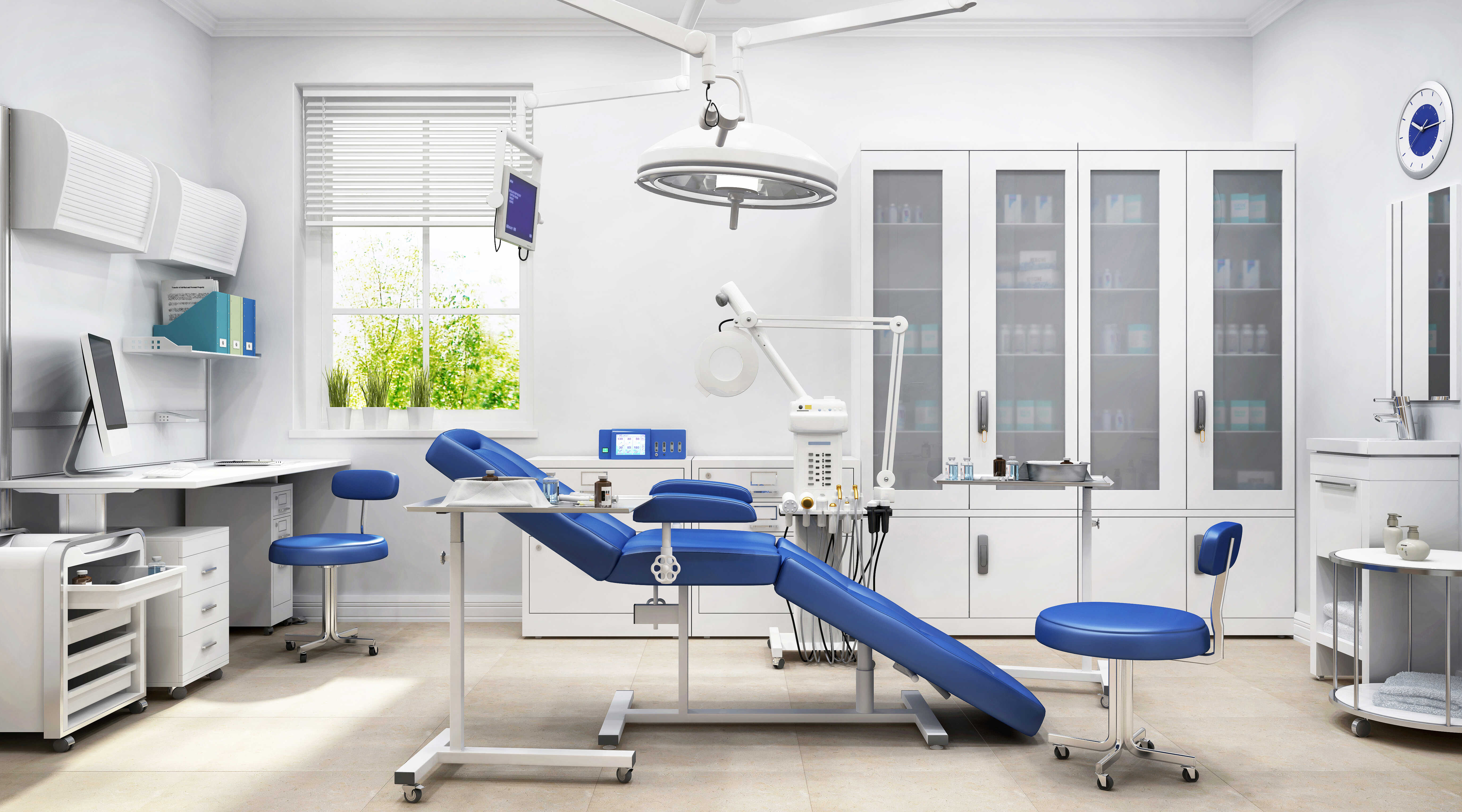
RECENT SERVICES
The dental implant is a modern treatment option that solves edentulous problems, allowing any edentulous patient to enjoy a flawless smile.
The essential components of the dental implant
A complete dental implant system consists of three main parts, each of which has an important role in dental reconstruction:
The actual implant
This is the foundation of the entire system and inserts directly into the jawbone. It works as an artificial root for the tooth and is usually made of titanium due to its biocompatible and durable properties.
Prosthetic abutment
The abutment is the component that connects the implant itself to the crown or dental prosthesis. It is attached to the top of the implant and serves as a support for the final restorative element.
Crown, bridge or prosthesis
The final part of the system is represented by the crown, bridge or prosthesis that attaches to the prosthetic abutment. They are manufactured to mimic the appearance and functionality of natural teeth, restoring the patient's aesthetics and masticatory efficiency.
The actual implant: the artificial root integrated into the bone.
The prosthetic abutment: the connector between the implant and the dental restoration.
Crown, bridge or denture: visible replacements that mimic natural teeth.
A dental implant is a titanium screw inserted into the jawbone to replace one or more missing teeth.
Advantages of dental implants:
Preservation of teeth neighboring the edentulous space, they remaining intact.
Chewing without problems.
Dental implants feel and look just like natural teeth.
High biocompatibility, which reduces the risk of allergy or rejection.
Long-term treatment.
Eliminates the discomfort of mobile work.
The original aesthetics can be perfectly restored or even improved.
Treatment stages:
Specialist consultation – radiological examination, evaluation of the patient's general state of health, necessary analyzes and adaptation of the treatment according to the presented situation.
The stage of the surgical intervention – the implant is inserted into the bone, following a period in which it is assimilated by the body.
Healing period – wearing the provisional prosthetic works, inserting the prosthetic abutment and adding the dental crown.
Regular check-ups and rigorous hygiene play a very important role in the success of the treatment. These checks allow any condition to be prevented or identified in its early stages. The bone support must be evaluated quantitatively and qualitatively, representing the infrastructure on which the gum develops and conforms, as well as the dental implant support. There are predictable methods to regenerate the jaw bone , so that any therapeutic compromise is avoided. These are represented by the augmentation and addition of hard tissues (bone) and soft tissues (gums and mucous membranes).
Types of dental implant
When it comes to replacing missing teeth, we have several types of dental implants available. Each type has its own characteristics, being designed to suit the different needs of patients. Here are the four main types:
Mini-dental implants
Mini-implants are thin, between 1.8 and 3 mm thick, making them perfect for small spaces or for temporary use. They are an excellent solution for patients who require support for dentures or in situations where bone space is limited.
Classic dental implants
Classic implants have a diameter between 3 and 5 mm and are the most common and universally used implants. They are based on a robust structure and are commonly used to support individual crowns or larger prosthetic work.
Fast & Fixed dental implants
These implants are specially designed for insertion into hard bone areas and are able to support dental reconstructions with fewer implants. An ideal solution for fast and efficient restorations.
Zygomatic dental implants
With larger dimensions, zygomatic implants are intended for cases where the patient does not have enough bone in the jaw. These implants are fixed into the cheekbones, providing an alternative where other types of implants cannot be used. Each type of implant has its specific advantages and can be recommended according to the patient's anatomical situation and needs. It is important to speak with your dentist to determine which type of implant is best for you.
Get the Template